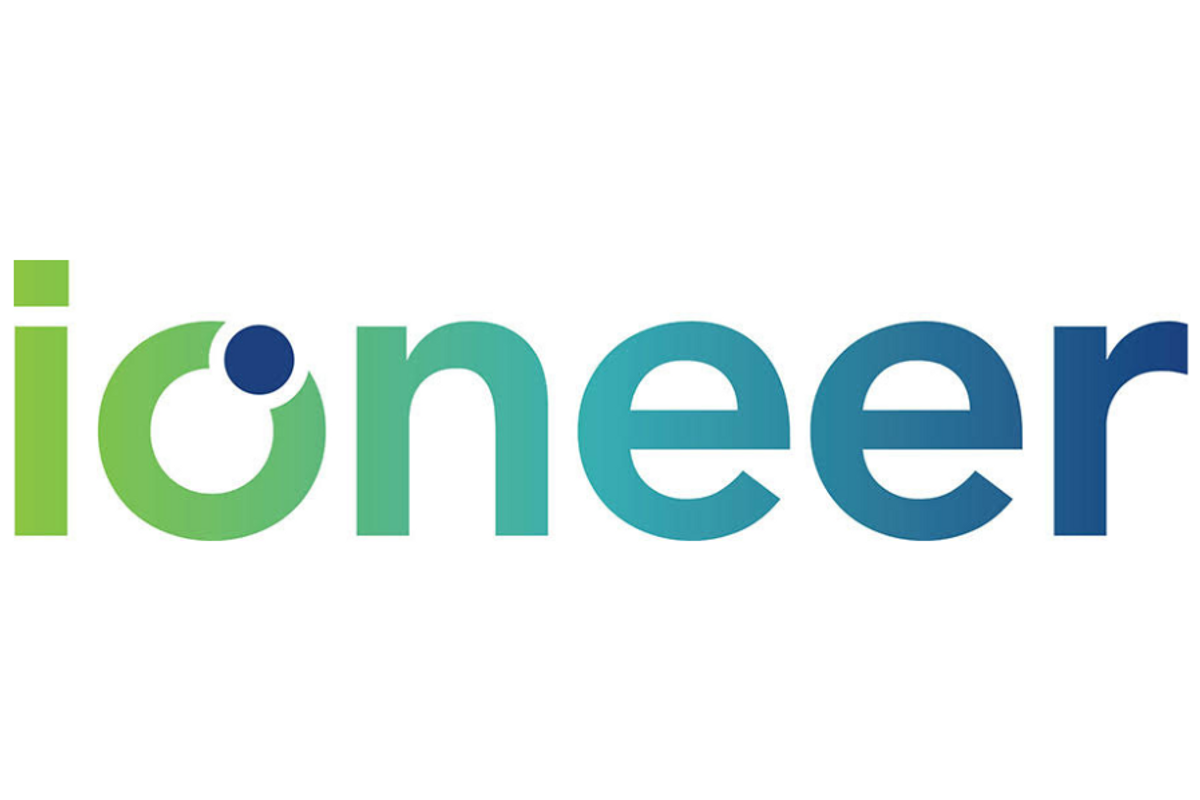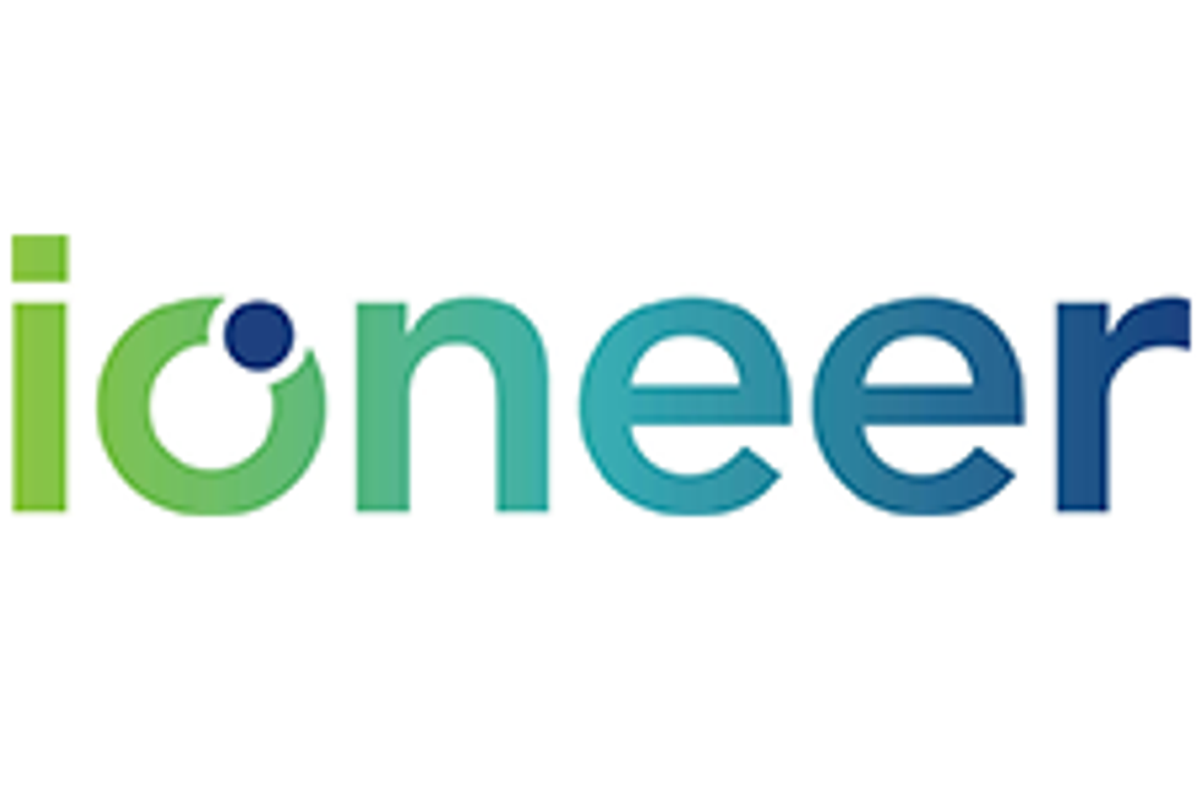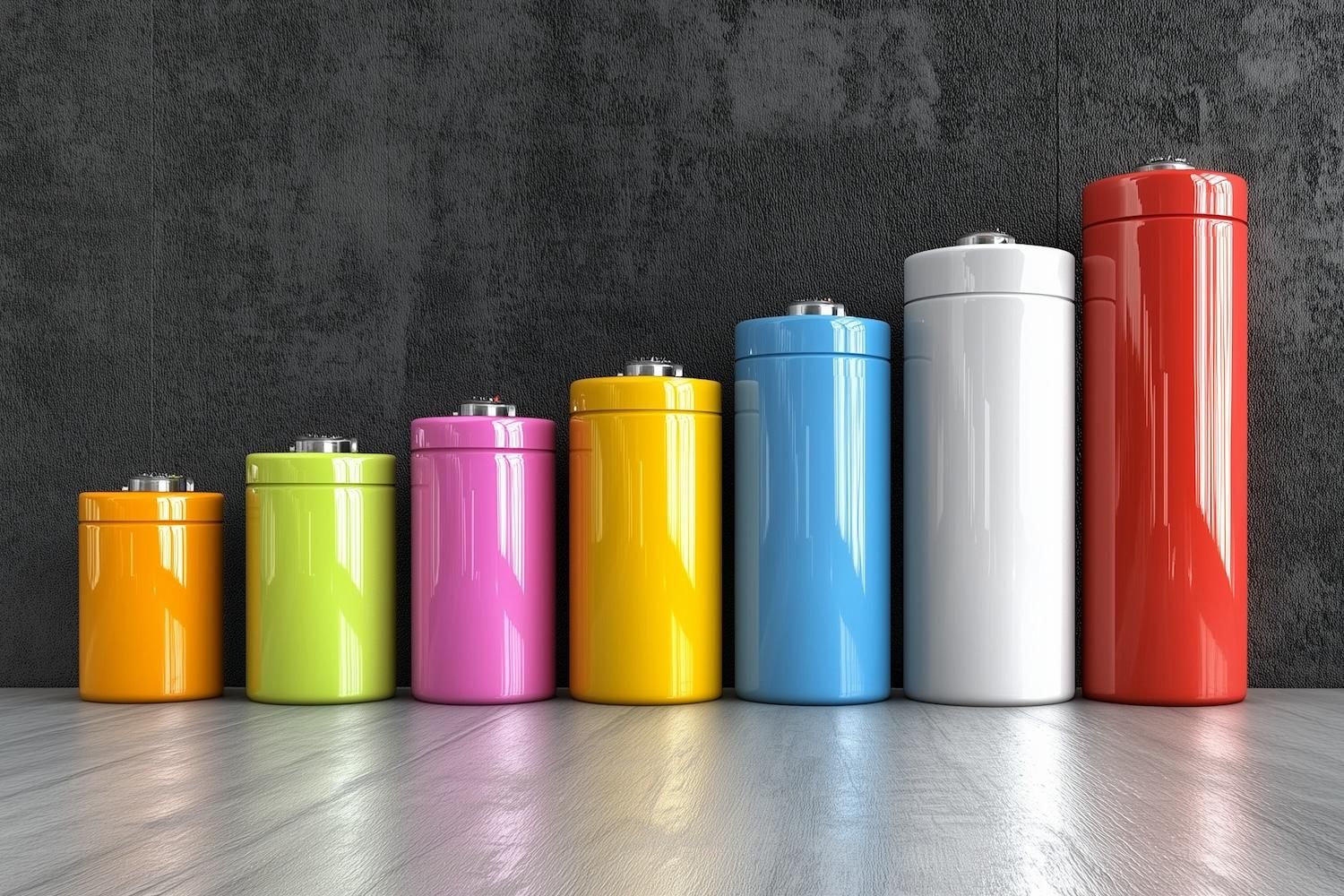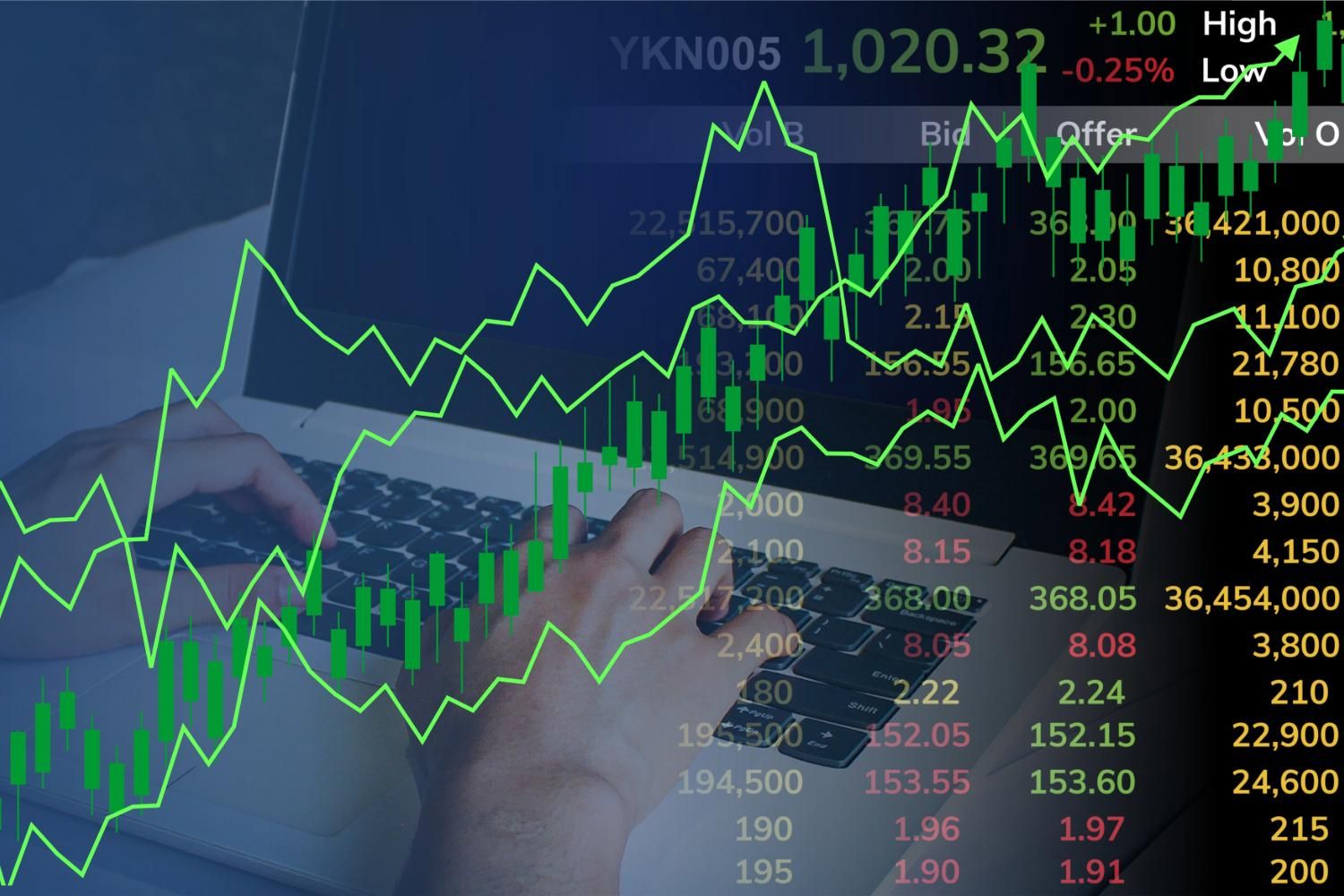
June 01, 2025
Ioneer Ltd (ASX: INR, Nasdaq: IONR) (Ioneer) is pleased to announce a 308% upgrade to the Ore Reserve estimate for its 100%-owned Rhyolite Ridge Lithium-Boron Project (‘Rhyolite Ridge’ or the ‘Project’) in Nevada, USA, alongside updated Project economics.
- Rhyolite Ridge Ore Reserve more than quadrupled from 60 million tonnes in 2020 to 247 million tonnes, delivering a mine life of 95 years
- Ore Reserve now contains a total of 1.92 Mt of lithium carbonate equivalent and 7.68 Mt of boric acid equivalent
- Underpinning plans for a large, long-life, low-cost expandable operation, producing lithium carbonate, boric acid and then battery-grade lithium hydroxide
- Stable co-product - boric acid accounts for an average 25% of annual revenue in the first 25 years; helping ensure positive EBITDA at low lithium prices and EBITDA margin of 65.7% based on average production over first 25 years
- All-in sustaining cash cost of US$5,745 per metric tonne lithium carbonate equivalent places the Rhyolite Ridge Project in the bottom of the global lithium cost curve
- Compelling Project economics with an after-tax NPV of US$1.367 billion, and an unlevered, after-tax internal rate of return (IRR) of 14.5%
The Ore Reserve has increased by 186.6 million tonnes (Mt) and approximately 48% of the Mineral Resource has been converted into Reserve, now estimated at:
- 246.6 Mt at 1,464 ppm lithium and 5,444 ppm boron
- Containing 1.92 Mt of Lithium Carbonate Equivalent (LCE) and 7.68 Mt of Boric Acid Equivalent (BAE)
“Today’s updated Reserve and Mine Plan reinforces the importance of Rhyolite Ridge’s remarkable mineralogy. Our Ore Reserve estimate of 247 Mt containing a total of 1.92 Mt LCE and 7.68 Mt BAE make it the largest lithium-boron Reserve in the world,” said Bernard Rowe, Managing Director, Ioneer. “It allows Ioneer to match prevailing market conditions and blend or prioritise ore to produce a valuable boric acid co- product, whose market is uncorrelated with the Project’s primary lithium product. No other lithium project offers this level of flexibility and economic advantage. In periods of low cycle lithium pricing, like today, we plan to prioritize the high-boron ore production to optimize the relative proportion of total revenue derived from boric acid.”
By prioritising High-Boron (Hi-B) ore in the first 25 years of production, the Project is poised to produce an average of ~19,200 tonnes per annum (tpa) of LCE, and 116,400 tpa of boric acid (see Table 1).
The updated Ore Reserve estimate, 95-year mine plan for stage one operations, and Project economics reaffirms Rhyolite Ridge as a highly attractive global Project to produce lithium carbonate, lithium hydroxide and boric acid. The updated findings position Ioneer, on an LCE basis, in the lowest cost quartile for lithium production globally with an estimated all-in sustaining cash cost to produce battery grade lithium hydroxide of US$5,745 and a cash cost of C1 $3,858 per tonne net of expected boric acid revenue in the first 25 years.
The Project has a stable overall operating cost structure to produce lithium carbonate and battery grade lithium hydroxide due to the scale and reliability of its boric acid credit. Boron remains one of the most stable natural resource commodities over many decades.
Ioneer has refined Project plans over the past four years and updates now include an Association for the Advancement of Cost Engineering (AACE) Class 2 capital cost estimate (-10%, +15%) with approximately 70% of the Project’s engineering complete. As a result of this and other engineering work including RAM analysis and detailed engineering design, Ioneer has adopted a more conservative approach to plant availability, equipment downtime and maintenance strategies. While this approach reduces bottom line economics, the Company believes it is appropriate for a Project of this type and scale.
The Company now estimates total capital expenditure to complete the Project will be US$1,667.9 million, including a 10% contingency.
Click here for the full ASX Release
This article includes content from Ioneer Ltd, licensed for the purpose of publishing on Investing News Australia. This article does not constitute financial product advice. It is your responsibility to perform proper due diligence before acting upon any information provided here. Please refer to our full disclaimer here.
INR:AU
The Conversation (0)
16 August 2023
Ioneer Ltd.
Developing a Rare North American Lithium-Boron Deposit Crucial to Clean Technology
Developing a Rare North American Lithium-Boron Deposit Crucial to Clean Technology Keep Reading...
27 November
Battery Storage Market Surging as Electricity Demand Enters New Era
Speaking at Benchmark Week, Iola Hughes, head of battery research at Benchmark Mineral Intelligence, outlined a market that is undergoing “very strong growth" and becoming indispensable to energy security.Hughes described energy storage as the fastest-growing segment in the battery sector today.... Keep Reading...
27 November
Inside Billionaire Gina Rinehart's Key Mining Investments
Australian billionaire Gina Rinehart has become a formidable force in the global mining industry. After taking the helm of her father’s iron ore firm Hancock Prospecting in 1993, she embarked upon a diversification strategy that has vastly expanded her resource empire. Now Australia’s richest... Keep Reading...
26 November
Long State Funding Update
Atlantic Lithium (A11:AU) has announced Long State Funding UpdateDownload the PDF here. Keep Reading...
24 November
CATL Reportedly Plans to Restart Key Chinese Lithium Mine By December
Contemporary Amperex Technology (SZSE:300750,OTC Pink:CTATF) is preparing to restart its Jianxiawo lithium mine in Jiangxi province as soon as early December, industry sources familiar with the matter told Bloomberg.The sources, who declined to be named, said CATL has asked suppliers and... Keep Reading...
24 November
Liontown Resources’ Spodumene Auction Attracts Nine Countries
Liontown Resources (ASX:LTR,OTC:LINRF) held its first digital spot sales auction for 10,000 wet metric tonnes of spodumene concentrate from its Kathleen Valley lithium operations in Western Australia.The auction, attracting over 50 buyers from nine countries, was conducted on Metalshub, a... Keep Reading...
18 November
Ganfeng Chairman’s Forecast Sparks Lithium Price Surge in China
China’s lithium market strengthened sharply on Monday (November 17) after Ganfeng Lithium (OTC Pink:GNENF,HKEX:1772) Chairman Li Liangbin said at a domestic industry conference that demand for the key battery metal could grow by as much as 40 percent in 2026.The most-traded lithium carbonate... Keep Reading...
Latest News
Latest Press Releases
Related News
TOP STOCKS
American Battery4.030.24
Aion Therapeutic0.10-0.01
Cybin Corp2.140.00






